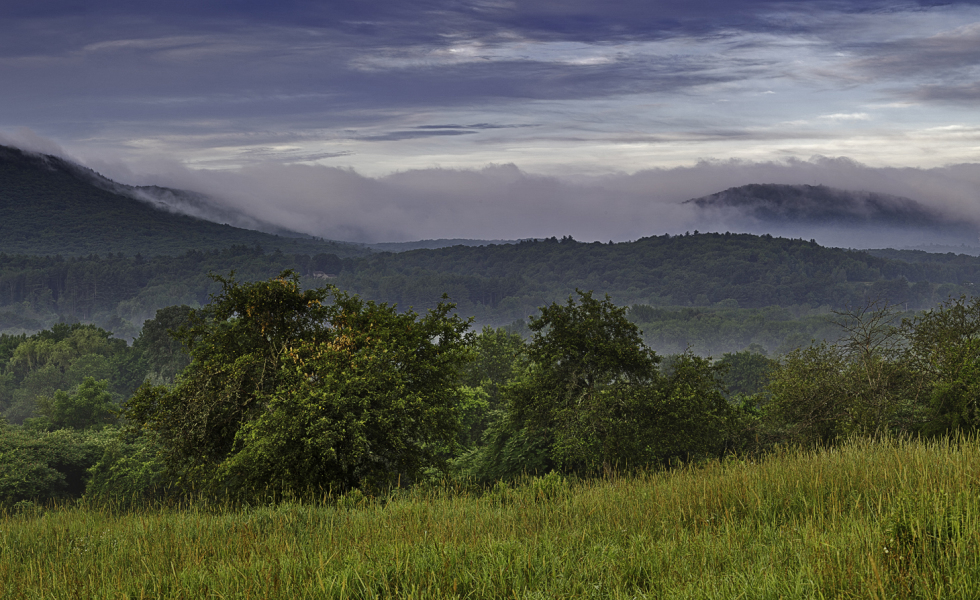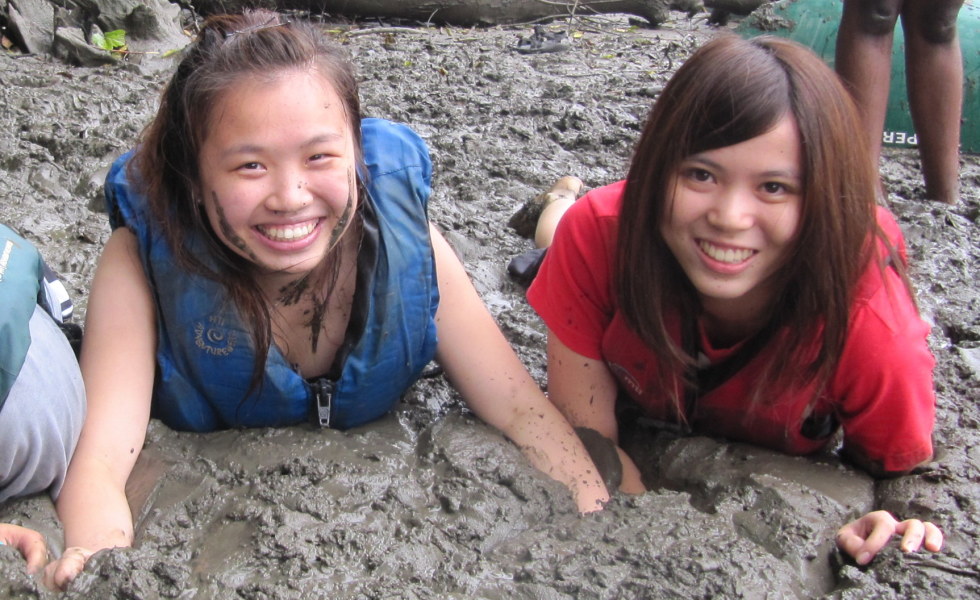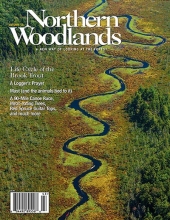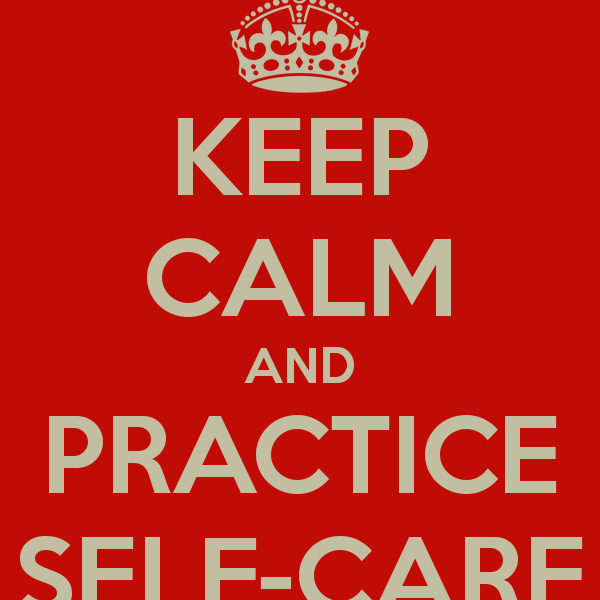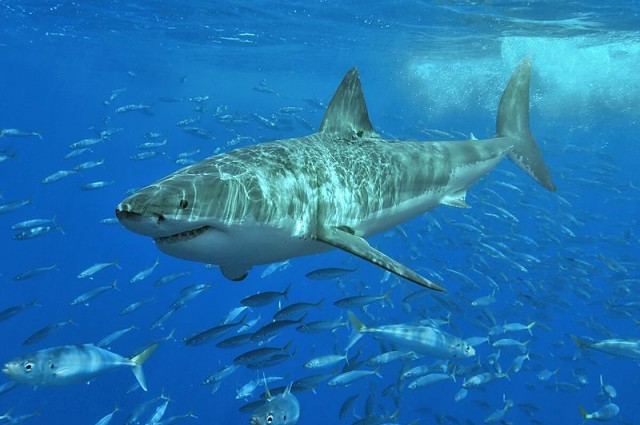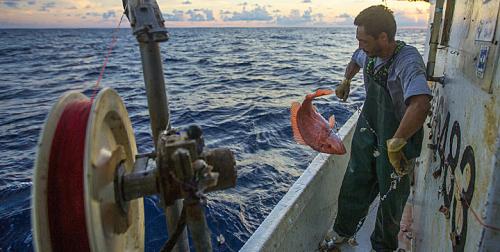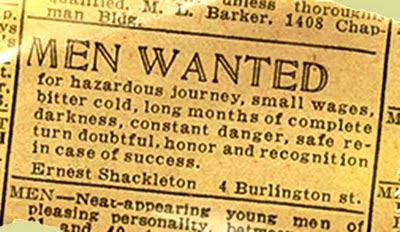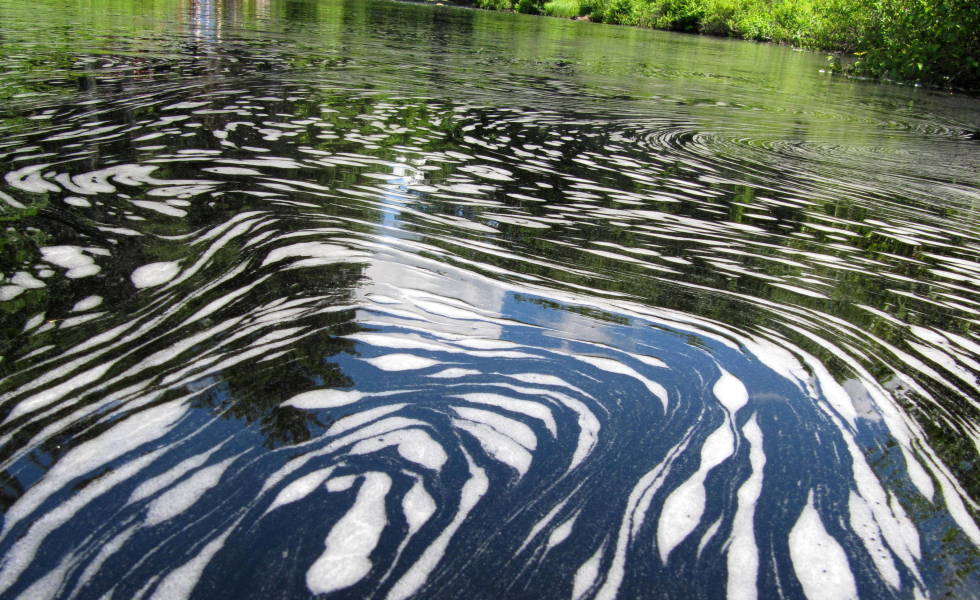
“Seven Sisters” – Beautiful Mountains – Beautiful Song
For those of us that live in the Pioneer Valley, the Seven Sisters Range is a common sight from many vantages. This lovely range is an anomaly in that it runs roughly east west and was created as molten rock erupted through fissures in the bedrock. I have hiked these hills many, many times and never tire of the views that can be beholden from the many vistas along its 9 plus miles. Another delight here in the valley is the depth of talent in the musical realm, as well as dozens of venues in which to experience it. Brooks Williams lived here in the valley and recorded many recordings on the valley label Signature Sounds. Please check out his lovely song – “Seven Sisters” here.
Going outside, as the doctor ordered….
There is a movement afoot in which doctors can prescribe the outdoors to patients!
The movement started in 2011 by a Washington DC pediatrician by the name of Robert Zarr as a means to fight obesity, chronic disease and ‘nature deficit disorder’, doctors are sending folks outside.
Parks Rx, which is a program under the National Park Service’s Healthy Parks Healthy People initiative, includes a newly created database that chronicles some 350 parks and helps match patients to local outdoor venues. The care providers and patient discuss what might be an enjoyable outdoor activity that would have strong health benefits – this information goes into the database as well to help determine the actual prescription.
This is both a wonderful development and a somewhat disturbing testament to how separated many people are from being physical in the natural world. How about getting outside to play, recreate and exercise BEFORE the doctor tells us to?
We can call it prevention.
Dinosaurs in our Midst
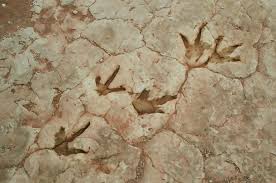 Every once in a while I have a vision – I am suddenly transported to a place in my mind where I can picture the banks of the Connecticut River swarming with large, bipedal dinosaurs. Did you know that the “first dinosaur tracks in recorded history” were found here in the Connecticut River Valley? (Or at least the first European person to take special note of them…)
Every once in a while I have a vision – I am suddenly transported to a place in my mind where I can picture the banks of the Connecticut River swarming with large, bipedal dinosaurs. Did you know that the “first dinosaur tracks in recorded history” were found here in the Connecticut River Valley? (Or at least the first European person to take special note of them…)
The story goes that in 1802, a farm boy by the name of Pliny Moody plowed up a slab of rock with tracks in it which he described as being “three-toed like a bird”. He brought it home to use as a doorstep. Local religious figures attributed the track to “Noah’s Raven”. Later the tracks were thought to have been made by a large, crocodile-like reptile and paleontologists named the creature Otozoum moodi in Pliny’s honor.
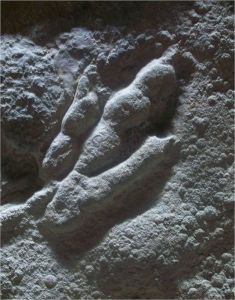 It was an 1835 road paving project in the Greenfield area that got the attention of scientists, after a large volume of tracks were found. Dr. James Dean is credited with recognizing the scientific significance of the tracks. Professor Edward Hitchcock of Amherst College began to study the many tracks, thinking at first they were from some kind of “unknown ancient birds”. Hitchcock’s intensive study of the tracks essentially started the field of Paleoichnology (the study of fossil traces). And so it began.
It was an 1835 road paving project in the Greenfield area that got the attention of scientists, after a large volume of tracks were found. Dr. James Dean is credited with recognizing the scientific significance of the tracks. Professor Edward Hitchcock of Amherst College began to study the many tracks, thinking at first they were from some kind of “unknown ancient birds”. Hitchcock’s intensive study of the tracks essentially started the field of Paleoichnology (the study of fossil traces). And so it began.
You could spend your whole life learning about dinosaurs, of course. There are many places to learn about the history of dinosaurs in the Pioneer Valley and even visit tracks still in the ground outside. One of the most amazing places to visit is the Amherst College Museum of Natural History, since there has been study of these local dinosaurs since thye 1830’s! There is an incredible array of tracks as well as passionate staff who will impress you with their knowledge. This Yankee magazine article has a great list of “Places to see dinosaur tracks in southern New England.” The Nash Dinosaur Track Site and Rock Shop has a some great information as does the
If you have a few minutes or a lifetime, drop into this little rabbit hole of amazing history and see the place you live with new eyes.
Northern Woodlands – Great Outdoor Publication
If you are looking for a great gift for an outdoor enthusiast on your holiday list, look no further. I have been a subscriber to this fabulous magazine for four years, just gifted all of our staff with a subscription, and ordered about 40 back issues.
I find this to be one of the best resources that I know of to keep me learning about the natural and cultural history of our New England forests. The magazine is full of beautiful pictures, well written articles, and all in all a great resource.
Get Outdoors & Remember to Wear Your Orange – Deer hunting season is upon us!
The season is upon us where all outdoor enthusiasts need to take caution!
The deer hunting season in Massachusetts is the most popular and concentrated hunting season of the year. Monday through Saturday, the woods and forests are full of folks hoping to fill their freezers full of meat and engage in an age old pastime that has been happening in the state for many, many years. I have attached a document that reflects the “when” of the hunting seasons, though not the where. Please inform yourself as to where in your area hunting is occurring, and keep yourself safe by wearing orange, sticking to the trails, and using common sense.
Have fun and stay safe!
Hunting season Doc:seasons-summary-2014
Biking In The Quabbin!
I have spent many a day wandering on and off trail in the Quabbin Reservoir over the last 30 years.
I recently, and happily, found out that certain sections of the Quabbin can be explored by bicycle! It was such a delight over the last few weeks to venture out, with my wife on one occasion, my friends on another, and once on my own.
On my solo venture, I had a wonderful encounter with a moose, 4 otter, and a number of loons!
There are four different spots to explore – see maps here: eastquabbike, northquabbike, quaboffresbike, quabparkbike
Enjoy!!
Five (More) Dangerous Things You Should Let Your Children Do
In another inspiring TED talk, Gever Tulley continues his exploration of risk and safety as they relate to children.
Does the media fuel an illusion that our children are in danger? How does reality compare to our fears? Tulley asks these questions and others.
And, the answers may surprise you. For example, regarding the fading concept of ‘stranger danger,’ did you know that kidnapping by a non-family-member doesn’t even make the top 5,000 dangers that children face?
Maybe walking to school isn’t such a bad idea, since it increases situational awareness, improves character judgment, and increases fitness (and thus memory and overall well being).
Then there are activities we can do with children with some actual risk involved, like playing with fire, whittling, driving a car, licking a battery, and more. According to Tulley, by exposing children to small risks we teach them about safety, and we equip them to challenge fear and address real risks in the world.
Or, as Tulley says, “The most effective way to keep children safe is to give them a little taste of danger.”
For more by Gever Tulley, check out his book 50 Dangerous Things, his website, and his talks on Ted.Org.
The Importance of Self-Care
“Self-care is a touchy subject. That’s because our society largely views self-care as selfish, slothful and overly indulgent…Yet, it’s anything but. Taking good care of yourself not only makes your life more fulfilling and contributes to your well-being, but it also extends to others.” – Margarita Tartakovsky, M.S.
In a field that requires as much energy as outdoor education, the importance of self-care cannot be overstated. That said, it’s also important for everyone else: educators, students, parents, etc.
The concept reminds me of the oxygen masks on airplanes: we are charged with putting on our own so that we are then better able to help others. It’s the same in many other areas of our lives.
Self-Care Ideas:
Have a game nights with friends and family, go on a nature walk, meditate, take a yoga class, garden, journal, cook a delicious meal, listen to a favorite podcast, work on a craft/DIY project, get a massage, read a favorite book, go to the movies or a concert, tell bad jokes with a loved one.
The sky’s the limit! Whatever you find relaxing and rejuvenating can be employed in your self-care practice. For some deeper self-care suggestions, check out this article on PsychCentral.Com.
Was a 9-Foot-Long Shark Eaten Off of Australia?
An 11yo incident off the coast of Australia has recently come to light, and it’s a fascinating one.
Four months after ‘shark alpha’ was tagged with a radio tracker, its unit washed up on shore only miles from where it had been tagged. After reviewing the data, researchers believe that the radio tag took an eight-day ride in the belly of a massive great white.
It is possible that in a fight with another shark the device was bitten off, but scientists are entertaining the possibility that the entire shark was consumed by a “colossal cannibal great white shark.”
For more information visit IFLScience.Com and The Smithsonian Chanel.
Reflections on Integrity
Recently I’ve found myself reflecting on the notion of integrity. Sounds simple enough, right? That’s what I thought.
With each unique person and mind comes the possibility of interpreting even the most basic of things differently than the person standing next to you. Thus, with that in mind, I turn to quotations, for I am often inspired by the words of others that have stood the test of time…
“They’re certainly entitled to think that, and they’re entitled to full respect for their opinions… but before I can live with other folks I’ve got to live with myself. The one thing that doesn’t abide by majority rule is a person’s conscience.” – Harper Lee, To Kill a Mockingbird
“Nothing is at last sacred but the integrity of your own mind.” – Ralph Waldo Emerson, Self-Reliance
“When you are content to simply be yourself and don’t compare or compete, everyone will respect you.” – Lao Tzu, Tao Te Ching
“Waste no more time arguing about what a good man should be. Be one.” – Marcus Aurelius, Meditations
Stay classy, adventurers!
Moving ‘Natural Capital’ from Metaphor to Reality
For better or worse, nature and ecosystems have been discussed in the ongoing dialogue/debate about the environment and anthropogenic climate change in economic terms. A new article by Eli Fenichel and Joshua Abbott explores this topic with more nuance than is common in the regular discourse.
“The researchers show the importance of valuing natural resources as a capital asset that stores wealth for the long term (Emphasis Added) rather than simply as commodities that are bought and sold in the day-to-day by developing a formula that combines economic with biophysical measurements and quantifies the feedbacks between nature and human behavior.” – Kevin Dennehy
To read more of Dennehy’s piece, visit Phys.Org. And, to read Fenichel and Abbott’s original article, find yourself a copy of the Journal of the Association of Environmental and Resource Economists.
Century-Old Shackleton Antarctica Photos Discovered
The Antarctic Heritage Trust recently announced the discovery of 22 never-before-seen images from one of Ernest Shackleton’s Antarctic expeditions. Transported to New Zealand in early 2013, some of the negatives have been developed and are on display for all to see on the NZAHT website.
Thought by many, including some at the AIAO office, to be the ultimate example of adventure and leadership, these photos are bound to excite and inspire anyone with an intrepid spirit.
 Adventure In Adventure Out
Adventure In Adventure Out